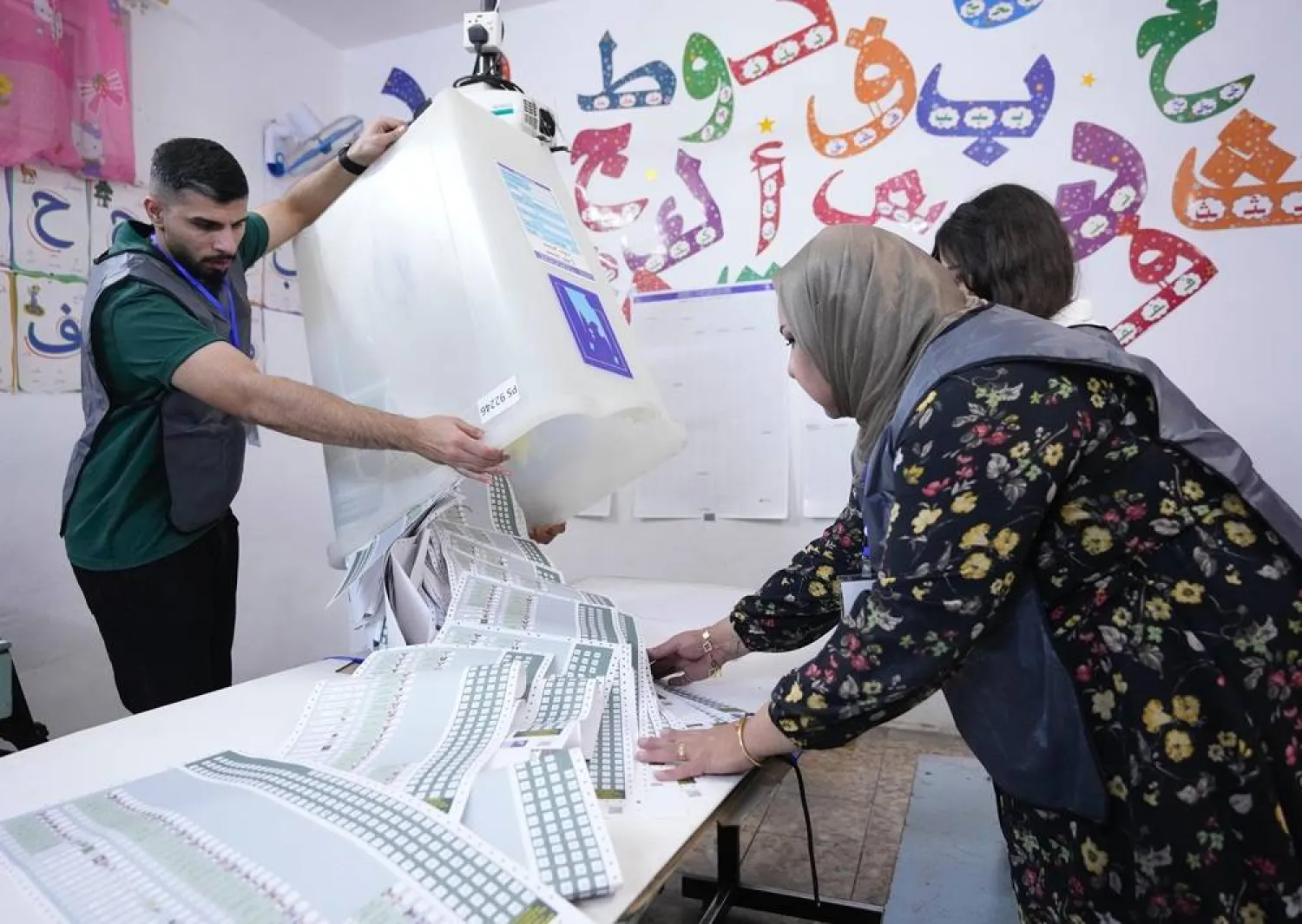Exactly ten years ago in October 2012, Israel announced the discovery of the “first offensive tunnel” in the Gaza Strip. The tunnel stretched 800 meters, from Khan Younis to a hundred meters into Israeli territory, and was 20 meters deep underground and was two meters in width and height.
Israel did not find any weapons or explosives in the tunnel, with experts speculating that Hamas was using it to kidnap Israeli soldiers. A major Israeli military commander declared to Haaretz at the time: “We will make them regret this and we will push them to despair.”
The army destroyed the tunnel, as it did others it had previously discovered. The military even set up a unit dedicated to the destruction of tunnels. It included scientists whose task was to build electronic devices that can detect the underground passages.
Then commander of the Southern Command Yoav Gallant said: “It is a war of minds between us and Hamas. We are waging it for one sole purpose: victory.” Gallant is now defense minister, and the tunnels now extend far and wide in Gaza. He still speaks of “victory” and even of genocide.
In the past ten years, the Israeli army realized that it could not eliminate the tunnel phenomenon. Rather, the tunnels have since grown and become more developed. At first, they were built to allow Hamas fighters to counter Israeli ground attacks and ambush their troops.
They then used them to kidnap soldiers and succeeded in 2014. Two soldiers were kidnapped, and they are still held by Hamas. Israel then decided to build a massive wall, stretching 65 kilometers, above and below ground to prevent Hamas from building tunnels that can extend into Israeli territory. The wall cost Israel a billion dollars, but Hamas only needed to hire contractor for 200 dollars so he can drive bulldozer into the wall and destroy a portion of it.
The movement then expanded the tunnels deep into Gaza. It constructed a massive network that can only be compared to ones in North Korea. The Israelis have not ruled out the possibility that Pyongyang, not just Tehran, may have aided Hamas in the planning.
Furthermore, Hamas may have even benefited from Israeli expertise. In 1980, it had built a whole underground floor under al-Shifa hospital in Gaza when it was still occupying the enclave.
Underground fortress
Israel preoccupied itself in recent years in monitoring the expansion of the tunnels in Gaza and inside its own territories. To destroy some of the tunnels, it used a material that would expand and harden and use up all empty space, sealing off the tunnels.
Meanwhile, Hamas took its time in enlarging its network of tunnels in Gaza. The tunnels now total around 1,300, reaching around 70 meters underground and extending 500 kilometers. Jacob Nagel, former head of Israel's National Security Council, said the tunnels are probably even longer than that, extending thousands of kilometers.
The Israeli army has claimed that it has “detailed maps” of the tunnels and was preparing the right plans to turn them into “graveyards” for Hamas leaders, who in turn, have said that the tunnels have been heavily developed in the past two years. The technology there will shock the Israelis and turn them into a huge trap for its soldiers, they have warned.
The tunnels have become a major headline of the Gaza war. Hamas leaders and some 20,000 fighters are using the tunnels, which are like an underground fortress.
'Lower Gaza’
There isn’t exactly a life in the tunnels given how difficult it can be to live there. However, they are more than just long passageways that the word tunnel implies. Hamas has in fact built an actual city - “Lower Gaza” - under Gaza. Some people have spoken of two Gazas under the ground, meaning that there is actually a third Gaza below the underground city.
The network boasts rest areas, meeting rooms, and sleeping areas. It is fully equipped and features a modern ventilation system. It holds storage for food, medicine and fuel and has its own encrypted telecommunications system that Israel has failed in deciphering, as demonstrated in Hamas’ surprise attack on October 7.
Israel has weighed its option in how to destroy the tunnels. Experts said it could seal them off with a foam material that expands and hardens in empty spaces and could enlarge to several meters thick. It could use vacuum bombs to destroy them and kill everyone using them. Hamas has stated it is aware of the options at Israel’s disposal and its fighters are ready to defy it.









